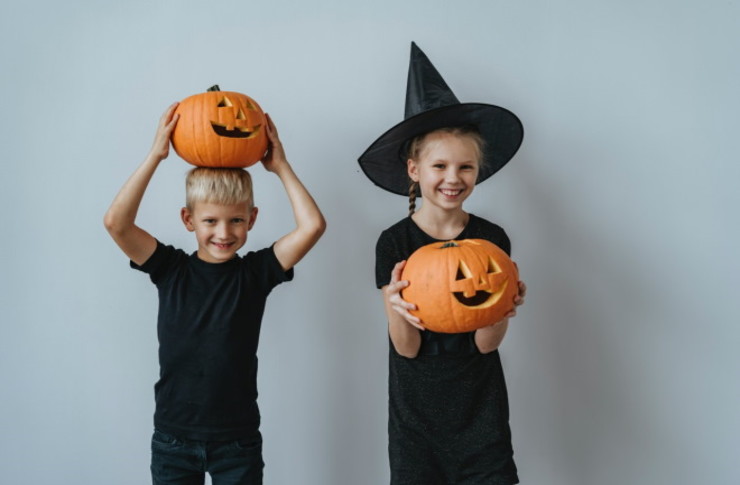Halloween: Traditions, Costumes, Decorations, Pumpkins, Ghosts
Halloween traces roots to ancient harvest festivals and beliefs about spirits crossing into the living world. Over centuries the celebration evolved, blending Celtic Samhain customs with Christian observances and regional folk practices. Today Halloween is marked by community events, creative costumes, yard decorations, pumpkin carving, and storytelling. Households and local services often prepare weeks in advance, balancing tradition, safety, and sustainability. This article outlines how Halloween traditions developed, practical costume and decoration choices, pumpkin uses beyond carving, and the role of ghost stories in family and community activity.

Halloween: origins and modern traditions
Modern Halloween combines customs from various cultures. Historically, Samhain marked the end of the harvest season and the beginning of winter, a liminal time when people believed spirits could interact with the living. Over time, All Hallows’ Eve absorbed customs like bonfires, masks, and offerings. In contemporary practice, trick-or-treating, parties, and community parades are common. Municipalities and local services often set guidelines for public events to keep gatherings orderly. Emphasis now includes inclusivity, allergy-aware treats, and respect for neighbors’ preferences while maintaining the festive spirit.
How to choose a safe costume
When selecting a costume, prioritize visibility, mobility, and comfort. Use flame-resistant fabrics and ensure masks or makeup do not obstruct breathing or vision. For children, reflectors or glow sticks improve nighttime visibility and help with traffic safety. If creating a homemade costume, secure loose parts to avoid tripping hazards and choose non-toxic face paints. Consider weather-appropriate layers and materials that breathe. For group costumes, coordinate so everyone understands boundaries and consent for touching or close-quarters posing. Local services like costume shops and community centers can offer fittings or rentals for specialized needs.
Decoration ideas and sustainability tips
Decorations can create atmosphere without excessive waste. Opt for reusable items like cloth banners, solar-powered lights, and durable props stored for future seasons. Natural elements—hay bales, corn stalks, and carved pumpkins—offer an eco-friendly aesthetic, though they may require disposal planning. When using electrical decorations, choose LED lighting for lower energy use and ensure outdoor cords and displays are weather-safe. Respect local ordinances about open flames; real candles in carved pumpkins can be replaced with battery-operated tealights. If hiring installers or entertainers from local services, verify safety practices and insurance.
Pumpkin carving, cooking, and alternatives
Pumpkins are central to Halloween but they offer more than carved faces. After displaying a carved jack-o’-lantern, roast the seeds for a snack and use pumpkin flesh in soups, pies, or purees. If you prefer not to carve, painting pumpkins preserves them longer and reduces mess. For community events, consider group carving stations with sanitizing wipes and safe carving tools, or organize pumpkin exchanges where surplus gourds are donated to food banks or composted. Small decorative gourds provide a low-cost alternative for tabletop displays. Store-bought decorative pumpkins can be reused year to year if kept in a cool, dry place.
Ghosts: stories, symbolism, and family activities
Ghost stories are a common Halloween tradition that reflect cultural attitudes toward mortality, memory, and the unknown. For families with young children, choose age-appropriate tales that focus on mystery rather than fear, or convert ghostly themes into humorous or adventurous narratives. Community events often include guided storytelling, lantern walks, or history walks that connect local lore to cultural heritage. If reading aloud or producing a neighborhood performance, respect diverse beliefs and avoid content that could be upsetting. Libraries and local services frequently offer curated story lists for different age groups and sensory-accessible options for participants.
Conclusion
Halloween remains a flexible celebration shaped by history, community choices, and contemporary concerns like safety and sustainability. Whether planning costumes, creating decorations, carving or cooking pumpkins, or sharing ghost stories, consider accessibility, environmental impact, and neighborhood norms. Thoughtful preparation helps preserve tradition while making the occasion welcoming for a wide range of participants and ages.






